Financial Projections for Business
Before we begin developing financial projections, we encourage our clients to consider the following:
- Developing a marketing plan.
- Making arrangements for sufficient capital.
- Evaluating its ability to produce the product or perform the service.
- Identifying the markets for the product or service.
- Evaluating its competitors and their reactions to its entry into the market.
Whether our client is forming a new business or expanding an existing business, it is important to make sure that the business entity fits the future business opportunity. The following are the most common forms of business entities:
- Proprietorships
- General Partnerships
- Limited Partnerships
- C Corporations
- S Corporations
- Limited Liability Companies (LLC’s)
Electronic spreadsheets are widely used in developing financial models. Financial modeling includes balance sheets, income statements and cash flow statements under various scenarios. It is important to realistically consider the following income statement accounts as the first step in preparing a business projection:
- Revenues from product sales or services.
- Cost of good sold.
- Wages.
- Insurance.
- Interest on debt.
- Rent.
- Supplies.
- Telephone.
- Taxes.
In addition to the above income and expenses, it is important to consider the following items that affect cash flow:
- Proceeds from loans.
- Repayments of loans.
- Contributions from owners.
The above comments and lists are general in nature. Please call our office (303–753–8905, 877-344-6079) to obtain guidance that will apply directly to your business projection.


